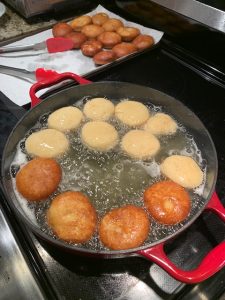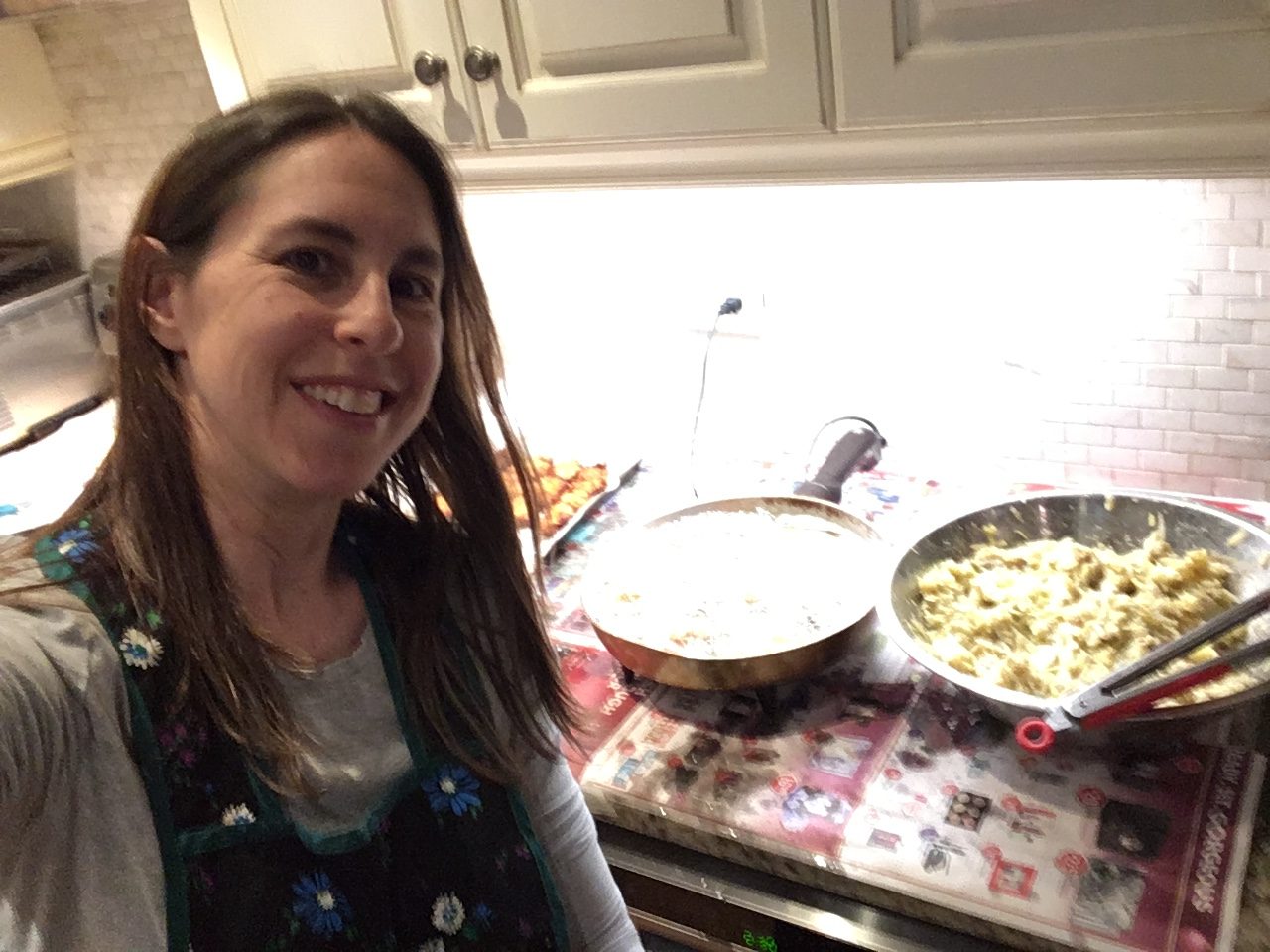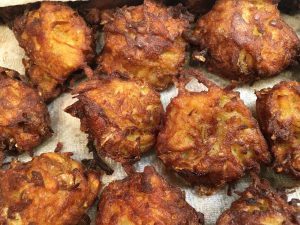Over the past nine months, since our world changed in mid-March, I have made some new friends through my workplace. Even though I haven’t seen any of them face-to-face, and I only met a few of them recently, I have shared many personal, emotional and hilarious moments with them. The WhatsApp-based conversations are highlights of my day and centre around many topics. One common theme is food. What are you eating? What did you cook or bake? Do you have a photo of what you just ate? Oh my gosh I ate so much and just gained another 5 pounds. We are from ethnically diverse backgrounds, and I have enjoyed learning about food and culinary delicacies from around the world.
This week it was my turn to share recipes, stories and of course, photos. While I wouldn’t call myself anything close to a professional chef or baker, I’d say I’m rather experienced. I love to cook creative dishes for my family, and no matter how busy my day is at work (most days are!), I cook a full dinner every night of the week. Okay, that’s an exaggeration, on Saturday night I tell my kids to fend for themselves and send them to forage in the fridge and freezer. I need a night off.
But I digress.
Latkes
Besides making these new and wonderful friendships, I have learned so much about food from around the world and how many of our dishes are quite similar. While the names and select local ingredients may differ, they have a lot in common.
Since it’s the holiday of Chanukah this week, let’s start with the important, and I’d say, famous latke. I have been using the same recipe for 22 years, that my mother sent me back in 1998 when I lived in France. It’s simple, clear and I believe makes the best latkes around. Message me if you want the recipe! But back to the latke. What is it? Well, basically it’s a shredded fried potato. A delicacy like the latke exists in every culture where potatoes are grown locally. Consider Swiss potato roti, even Polish potato pierogi. How about the American hash brown?
Cook a potato in oil, and what could be wrong?

Sufganiyot
Staying on the Chanukah theme, I also make donuts at this time of year, and only this time of year. For the rest of the year, as my workplace friends know, I rely on Krispy Kreme. The donut traditionally made (and of course consumed in large quantities!) are called, in Hebrew, Sufganiyot. This traditional donut is yeast-based, fried (of course) and filled with a jelly flavour of your choice. Making a successful sufganiyah is a bit more complex than a latke, but it’s worth it.
While I’m not an expert on food from around the world, I’d have to say that many cultures have some kind of sweet, fried doughy dessert. Take the Mexican churro, the French beignet, and I just read about the Youtiao in China and Sfenj in northern Africa. I’m looking forward to asking my workplace WhatsApp group what donut-like delicacies they often consume (besides Krispy Kreme, of course).


Challah
Moving on to bread. I remember back in March and April, besides toilet paper, which definitely was #1 in everyone’s list of must-haves, flour and yeast were hard to find. Securing a bag of flour was harder than finding a diamond in a coal mine. Everyone was suddenly a baker and attempted to make all kinds of recipes. A day didn’t go by when I didn’t see someone posting a photo on social media of their latest loaf of bread.
I come from a family of bread bakers. Again, we are not professional, but we do enjoy baking our own bread. Our specialty: Challah. Like latkes, the word “challah” is well known in society. What makes it unique is that a traditional challah is made with eggs and is often braided. Hence its other name, which is on the label at many grocery stores, “twisted egg bread.” Bread of some kind is in every culture, even if it’s not necessarily a loaf like challah. Consider pita, or a baguette, focaccia, or chapati.

Since I’ve been working exclusively from home, I bake a fresh challah every Friday. And I’ve been teaching my WhatsApp friends how to pronounce this difficult word. The “ch” at the beginning of the word is not pronounced like the “ch” in “chicken” or “chocolate.” And you can’t get away with calling it Hallah. You have to dig deep, into the back of your throat for that unique pronunciation of the “ch.” My friends have been excellent students and practice often.
I have consumed many latkes, sufganiyot and challah in the past 48 hours, and I am confident that I will continue to do so over the coming days. I admit, I should have been a nice friend and delivered some of these goodies (or offered curbside pick-up?) to my new workplace friends (it would have been kind to them, and to my stomach and thighs). Well, the holiday of Chanukah is not over yet (it has 8 crazy nights!), and my Friday challah happens every week. You never know, a special delivery may just happen soon.
No matter what or how you celebrate, Happy Holidays! And may your food dreams, whatever they are, come true.










